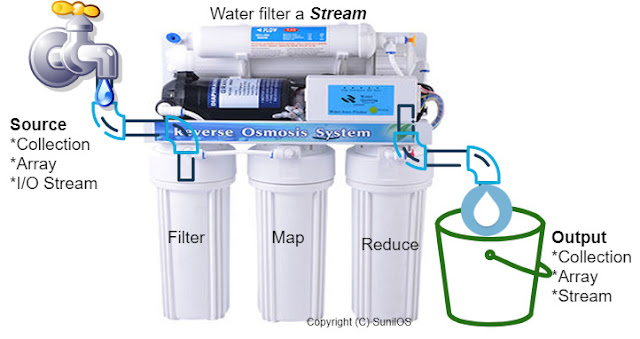Data Science and Employment Opportunities

Data Science Data As we all know the world is rapidly growing in the field of Information Technology and we have to store lots of information in the form of data, that a large amount of data is known as Big Data . The challenge which comes with big data is storage and access to the right information out of bulk data for business analysis and predictions. Before this era the data was less and stored in a structured manner, nowadays the data is huge and can be structured, unstructured, and semi-structured. Structured, Unstructured, Semi-structured huge data Cleaning, Processing, Maintaining, Organizing The solution which comes to store the big data is Hadoop and other frameworks, now the main attraction is cleaning, processing, maintaining, organizing and analyzing that data, here the Data Science comes in the role. In short Data Science is extracting meaningful data or information from large and complex datasets. Cleaning, Processing, Maintaining, Organizing Data Analysis, and Machin


